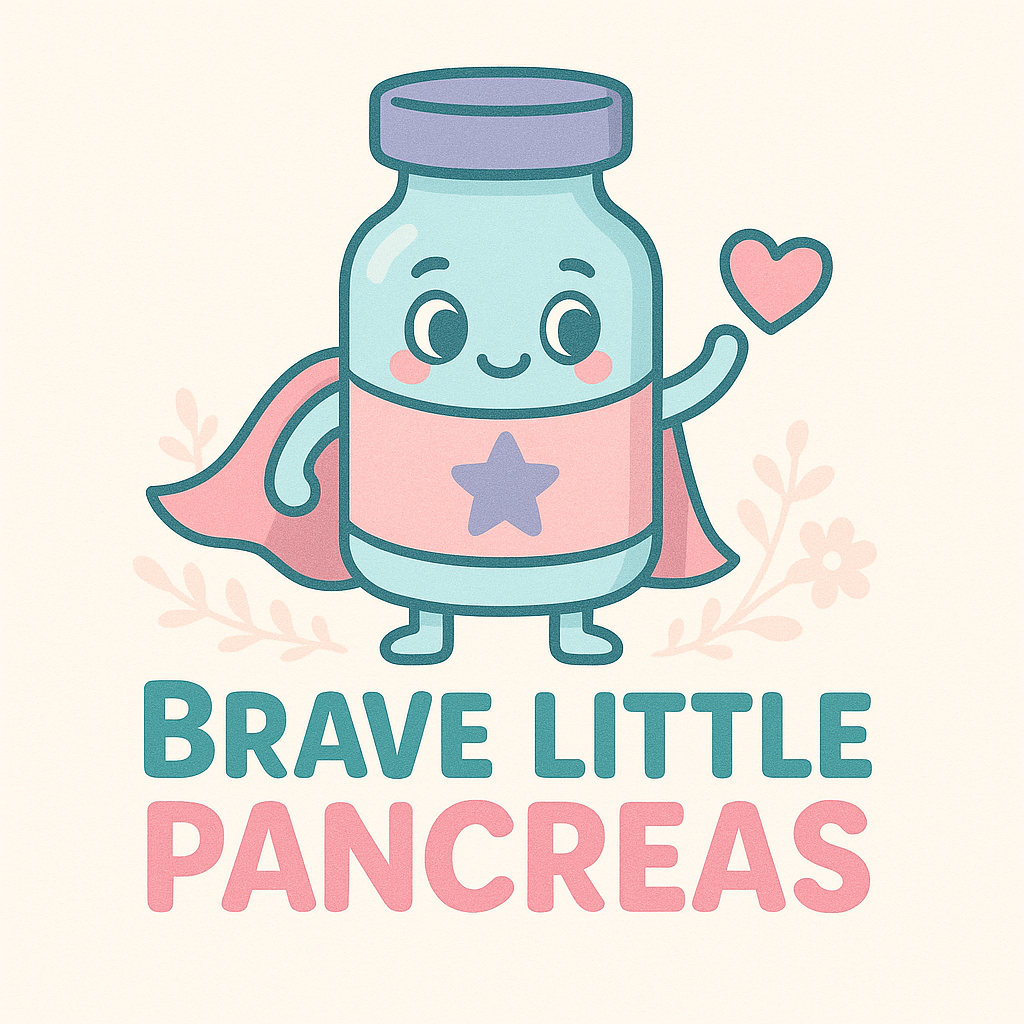In this lesson, you’ll learn:
✔️ What emergencies can happen with T1D and how to be ready
✔️ The difference between everyday lows/highs and true emergencies
✔️ How to prepare an emergency kit at home, school, and on the go
✔️ Steps to take if your child has a severe low or develops ketones
Why Emergency Preparedness Matters
Even with careful management, emergencies can happen. Having a plan reduces panic and helps you (and caregivers) act quickly with confidence.
Preparedness isn’t about being scared — it’s about being ready and steady.
Everyday Lows & Highs vs. Emergencies
Everyday Low (hypoglycemia): Treated with juice or glucose tabs, usually resolved quickly.
Severe Low: Child is unresponsive, seizing, or unable to swallow. Requires glucagon and calling 911.
Everyday High (hyperglycemia): Treated with correction insulin and water.
High with Ketones: Blood sugar above 250 mg/dL with nausea, vomiting, or moderate-to-large ketones. Requires urgent care and possible ER visit.
Building Your Emergency Kit
Every family should have:
Fast-acting carbs: juice boxes, glucose tabs, small candies, gummies
Glucagon kit: nasal spray or injectable, with instructions for caregivers
Ketone testing supplies: urine strips or blood ketone meter
Extra supplies: test strips, meter, pump supplies, insulin pens/syringes
Contact sheet: parent/guardian numbers, doctor’s office, emergency services
Water bottles & backup snacks
👉 Keep one kit at home, one at school, and one in your go-bag/backpack.
Steps for a Severe Low (Emergency)
Try to check blood sugar if safe.
If child is unresponsive, seizing, or cannot swallow:
Give glucagon immediately.
Call 911.
Place child on their side (to prevent choking).
Call parent/guardian and diabetes care team after emergency services are on the way.
Steps for Ketone Emergency
Check blood sugar and ketones.
If moderate-to-large ketones:
Give correction insulin (per care team’s instructions).
Encourage water.
Call your care team.
If vomiting or unable to keep fluids down → go to ER immediately.
Diabetic Ketoacidosis (DKA)
DKA is a diabetic emergency that happens when you don't have enough insulin and your liver has to break down fat into substances called ketones for energy. This can result in a change in blood chemistry that causes unpleasant symptoms and even be fatal. DKA is the most common complication of type 1 diabetes.
Why is DKA a diabetic emergency?
It's normal for your body to burn fat to use as energy, which produces ketones. This phenomenon is the basis of the so-called "keto diet." However, in DKA, your body lacks enough insulin to break down its preferred source of energy: glucose. Instead, it metabolizes large amounts of fat, which produces high levels of ketones. That can make your blood too acidic, which is toxic and can make you seriously ill. DKA is a potentially life-threatening complication of diabetes. In fact, DKA is the leading cause of death among children with diabetes. It's also the number one reason kids with diabetes need to be hospitalized.
Communicating Your Emergency Plan
Share written steps with teachers, coaches, and babysitters.
Practice using glucagon with close family and caregivers (practice kits or demo videos help).
Revisit your plan every few months — update insulin doses, contact info, and supplies.
Quick Parent Tip
✨ You can’t predict when an emergency will happen, but you can be prepared. Think of your emergency plan as a “safety net” that lets your child live fully without constant fear.
Next Lesson Preview: Emotional Resilience — how to support yourself and your child through the ups and downs of life with T1D.


